T is for Taj Mahal
An India Alphabet

Written by Varsha Bajaj and Illustrated by Robert Crawford
For my parents
Shashi and Nima Walavalkar
VARSHA

To my two wonderful children: my daughter Katie, who loves to
travel and is always an inspiration, and Jamie, whose artwork I have
great admiration for. With this book, I strive to inspire them.
ROBERT

T is for Taj Mahal
An India Alphabet
From the ancient Aryans arriving in northern India and the personality and drama of Bollywood to the glow of the oil lamps lit for Diwali and the mainstays of Indian food-spices, lentils, beans, and vegetablesT is for Taj Mahal: An India Alphabet features all things Indian: traditions, dress, geography, and more. Did you know there are more than 22 official languages in India? Or that the peacock is the national bird of India? Or that construction of the Taj Mahal began in 1632?
T is for Taj Mahal
The Taj is a monument
to the kings beloved queen.
Its marbled majesty and splendor
is a sight to be seen.
The Taj Mahal is located in Agra. In 1631 Mughal Emperor Shah Jahan was grief-stricken when his favorite wife, Mumtaz Mahal, died giving birth to their 14th child. (It was customary in those days for the king to have several wives.) In her dying breath she asked him to build a mausoleum for her, one more beautiful than any the world had seen before.
Travel to exotic India in this A to Z tour filled with lush illustrations done in a style befitting this far-off land.

A
The history of the Aryan people in India is told in the Hindu sacred text or scriptures called the Vedas (15001200 BC). Veda means knowledge. The Aryans came from Central Asia and were considered hardy, tough people, fierce and warlike. In the ancient Sanskrit language Aryas meant noble.
Before the Aryans, the Dravidians were Indias main cultural and ethnic group. The Aryans began to invade and rule over the northern parts of India, pushing the Dravidian people south. Over centuries, Aryan society grew into a system of social ranks (or castes) that still influences Indian society today.
But, there was civilization in the valley of the Indus River dating even further back to 2600 BC. Archaeologists discovered the buried ruins of two huge cities, Harappa and Mohenjodaro, in the 1920s. The archaeologists were amazed to discover that the ancient Indus people were as advanced as the ancient Egyptians and flourished about the same time as the ancient Greek civilizations. They built cities with efficient drainage systems and their houses were as high as three stories.
A is for Aryans Ancient history tells us the Aryans came to stay.
The Vedas tell us stories about life in their day.

B
The Hindilanguage cinema industry based in Mumbai is called Bollywood, a word that combines the words Bombay and Hollywood. The city of Mumbai was called Bombay until 1997. Some people dont like the word Bollywood because it makes the industry seem secondary to Hollywood, California. But Bollywood represents an important and thriving Indian film industry.
India also has thriving regional cinema centers producing films in other Indian languages: Bengali, Tamil, and Marathi. India produces the largest number of films in the world, approximately 700 a year in all the languages.
A typical Bollywood film, meant to entertain the entire family, includes song and dance, drama, comedy, and action. Bollywood stars are huge celebrities with millions of fans. A films soundtrack is a crucial part of the production and is released to fans before the movie to create anticipation and excitement.
Bollywood movie dialogue is spoken in Hindi but includes subtitles in many languages such as English, Spanish, and French, so that audiences that dont understand Hindi can enjoy them. Bollywood films are seen all over south Asia, Russia, and wherever an immigrant Indian population is found: America, Great Britain, the Middle East, and parts of Africa.
B is for Bollywood Movies for the masses, full of song and dance, handsome heroes and villains, pretty girls to romance.

C
India loves cricket and its cricket players, called cricketers. Cricket is a team sport played with a bat and ball. The bat is made of wood and is shaped like a flat blade topped with a handle. The ball has a hard core with a leather outer covering. Batsmen have to wear helmets and pads to protect themselves from being hit by the fastflying ball.
In cricket, each team has 11 players. One team bats, trying to score as many runs as possible by running back and forth the length of the field without being struck out. The other team pitches and fields to strike out the first teams batsmen and limit any runs being scored. Then its the other teams turn at bat. At its simplest there are similarities to baseball, but the scoring, and crickets many rules are quite different. For example, cricket games can last for several days!
Though cricket is the favorite game, it is not Indias national sport. The national sport is field hockey, and India has national mens and womens field hockey teams. From 1928 to 1956 the Indian mens team won six consecutive field hockey Olympic gold medals.
C is for Cricket Cricket is a passiona game with bat and ball.
Introduced by the British its embraced by one and all.

D
The sari (SAHree), worn by Indian women, has been around for hundreds of years. It is unstitched fabric, typically 6 meters (almost 20 feet) in length. It is wrapped around the waist with one end draped over the left shoulder. The midriff area is bared. The sari is worn over a skirt and a cropped, fitted blouse. The sari can be cotton for daily wear or woven from silks, chiffons, and brocades for formal occasions. The fabrics are of vivid colors and may be embellished with gold embroidery, mirrors, or sequins. If you go to India you will see the sari, the salwar kameez and also Western clothes. The salwar kameez (sulvaarkhaMEEZ) is also worn by women and originated in northern India. It consists of loose drawstring pants with a kneelength tunic and a scarf, or dupatta, over it.
Traditional attire for men is the dhotis (duhHOtee) which is a long piece of fabric wrapped around the legs and waist. The sherwanis (sherVAnee) which is a long jacket is more formal. The Nehru jacket, made popular by Indias first prime minister, Jawaharlal Nehru, is shorter than a traditional sherwani.


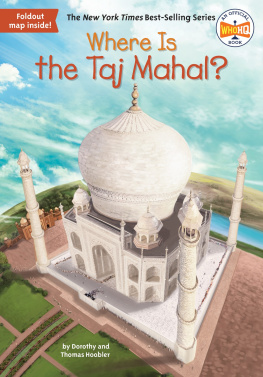

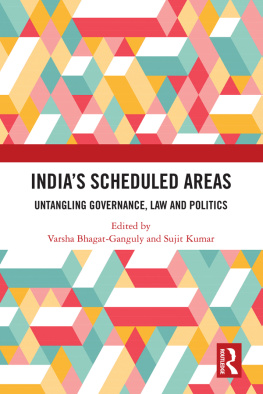
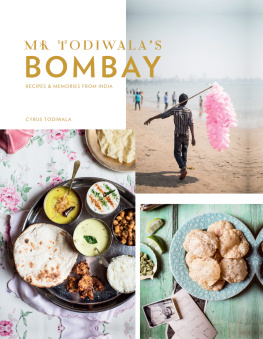
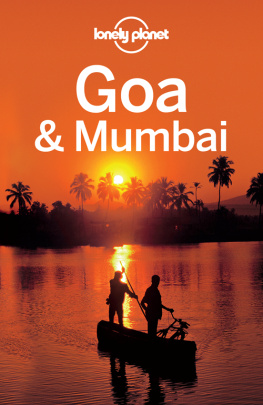
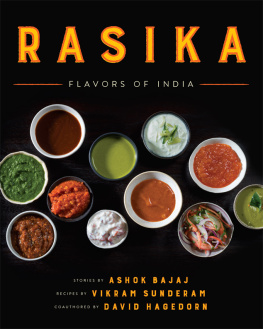
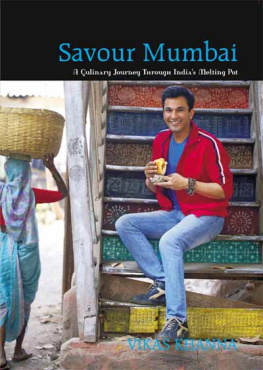
![Keith Bain - Frommers India [2010]](/uploads/posts/book/43617/thumbs/keith-bain-frommer-s-india-2010.jpg)






